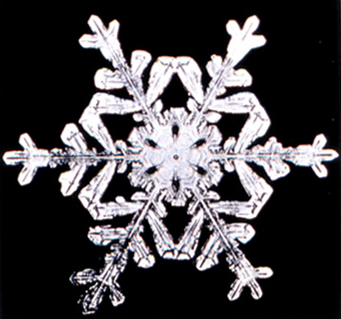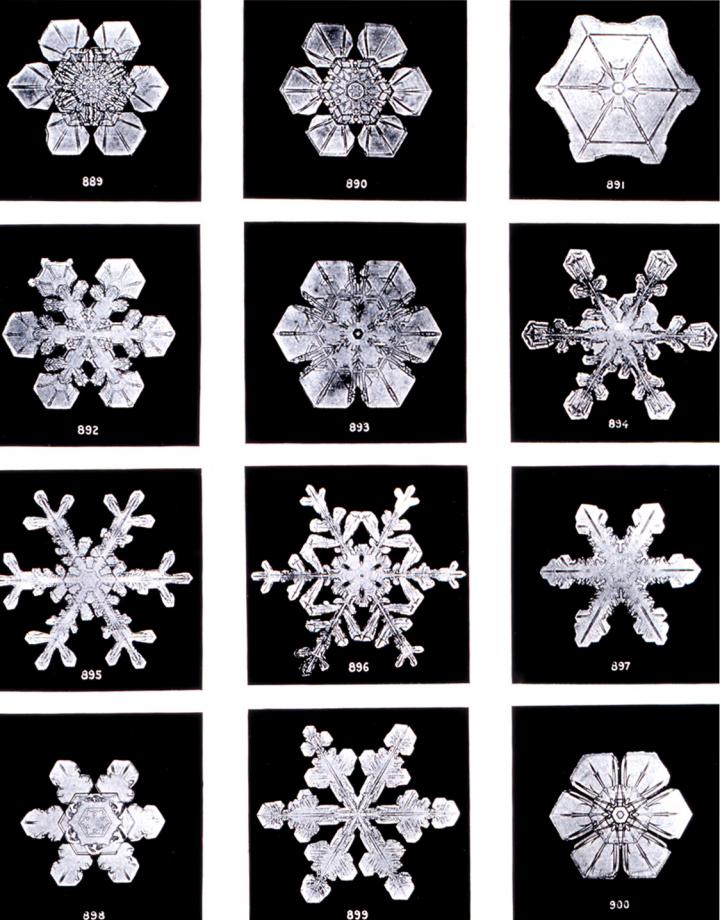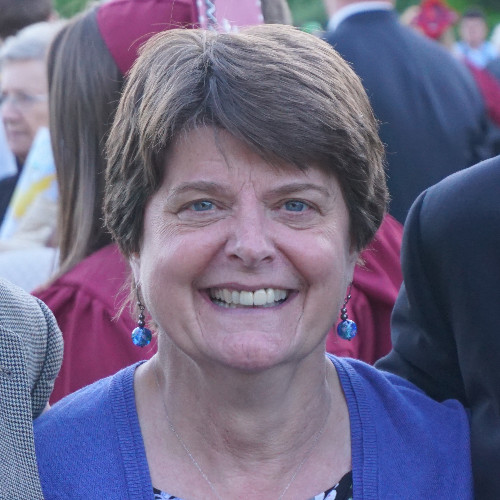
Subhead
Who discovered that no two snowflakes are alike?
More Like This
Even snowflakes, when viewed this way, are evidence of God. Got to feel sorry for people who actually believe in evolution.
The snowflakes in the photos are simply beautiful! Who would have thought to do such a thing. I'm so glad Mr Bentley had a curious mind and the means to do his wonderful research. I wish I could get a copy of his book.
You can get a copy of his book on the website abebooks.com ISBN 10: 0395861624 / ISBN 13: 9780395861622
abebooks is my go to place to get books out of print at reasonable prices, sent right to your door.
When one considers the trillions upon trillions of snowflakes fallen every winter for millions of years I find it ludicrous to state that no two are alike. There is simply no way to know.
I had the good fortune to attend college with one of his descendents. It was a thrill to see her smile and excitement as she ran out of the dorm with her camera on the first snow of winter. She was every bit as enthralled as Wilson Bentley. How wonderful she continued Wilson's research! Truly exquisite.
I would like to comment on Tom's comment on photographing snow flames and window frost..I'd like to thank him for having the ability and patience to do such a thing ..if it wasn't for photographers such as him ..we that don't have that ability would never know the beauty of nature's artistic works of art..beautiful ! Thank you Tom!
I have studied Mr. Bently and amazing what he did under those cold conditions.I am also a photographer that photographed snow flakes and window frost. Very hard to accomplish in extreme cold conditions. Perhaps my methods will assist others attempting the same.
For window frost, it's on an outside storm window that had humid leaks. I'd have a very cold box (outside temp has to be no higher than 10.degs. Quickly I'd go in the house with the box, throw up the inside window and take and put the storm window in the box and run back outside. I'd have my camera equipment (high magnification) set the window on a supported base, vertically. Being cold I'd have time to focus and click. There were many pics on a window pane. This happened during the winter cold times.
For snow flakes, I'd have a window pane horizontal outside in the snow to collect the flakes. The brush away not wanted flakes and do the same as with the frost. Bently photos were a negative, he scraped away the black areas around the image leaving only the snowflake. Very time consuming. I could get a snow flake to fill the entire viewing area.
During a snow storm there are many different conditions that change the style of the snowflake. In one storm there could be 10 types of snowflakes. Humidity and temperatures affect a storm. There are wet large flakes and small dry flakes. I have photo displays on my images a few years ago and I'm a published photographer. Spent many winters photo'ing.
How can anyone say there's no two flakes alike? How does anyone know, so I don't dispute. It's just fun to see nature up close. Want to argue that there are more stars in the Universe than all the sands on Earth? Think about it. What is so small is so huge.
Winter is just another season to get involved with. Good photographing and let the mind imagine what you can do.
This is a beautiful book, written for children, but suitable for all. I read it to my Kindergarten years ago when we were folding white papers to cut into snowflake shapes. We also enjoyed a visit with a man who was a master at cutting paper into shapes of amazing beauty, and we gave him a copy of Snowflake Bentley. Mr. Bentley is an inspiration.
Beautiful !!! Such a portrait of diligence, perseverance, humility and child-like wonder at Almighty God's creations, rare virtues, indeed, in today's world.
Thank you for this wonderful expose.
I really dont know where to begin except to say it does my soul good to know he lived long enough to gain recognition for his work.
Such a mind blowing story!
- « Previous
- 1
- 2
- …
- 10
- Next »











Comments